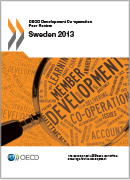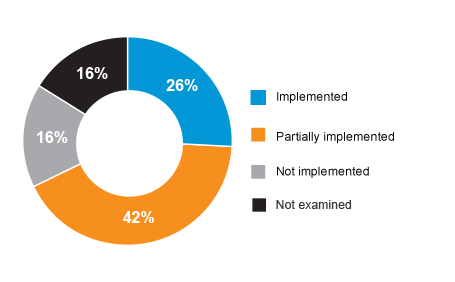Development
Sweden - DAC Peer Review of Development Co-operation, 2013
|
|||||
About
|
Implementation of
|
|
Related links
|
Sweden’s results reporting on democracy and human rightsIn 2012 Sida published Results for Justice and Development - Report on Sida’s results on Democracy, Human Rights and the Human Rights Based Approach. It analyses 24 contributions out of the 1 233 that are promoting democracy and human rights. The contributions were chosen at random, but were supplemented with a few strategically selected examples to ensure that relevant types of contributions and regions were covered. The report analyses each contribution’s objectives and results (outputs and outcomes), and explores risks and how these were managed. In addition, it has a whole chapter dedicated to dialogue and the important role this played in delivering results. The report is an impressive example of how it is possible to measure and report on difficult and often qualitative results. (see box 6.1, p.93) |
Related Documents

 In 2013 Sweden had implemented or partially implemented most of the recommendations from the 2009 peer review. It continues to be one of the most generous DAC members at a time of global financial crisis and the DAC commends it for budgeting to reach its 1% ODA/GNI target each year since its last peer review.
In 2013 Sweden had implemented or partially implemented most of the recommendations from the 2009 peer review. It continues to be one of the most generous DAC members at a time of global financial crisis and the DAC commends it for budgeting to reach its 1% ODA/GNI target each year since its last peer review.